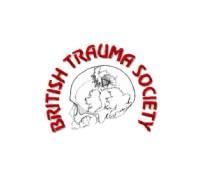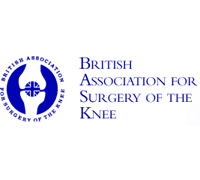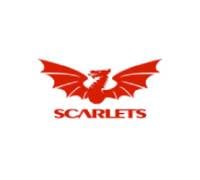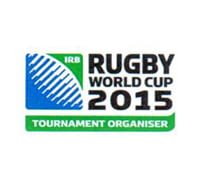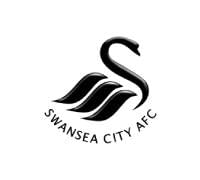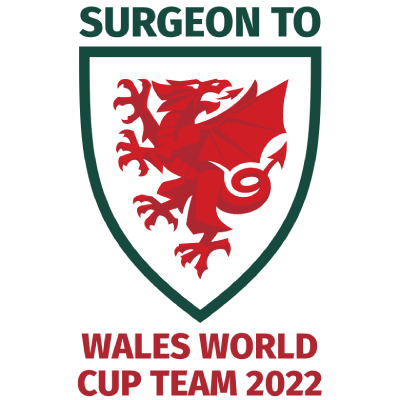Ligament reconstruction is where the tissues which bind the bones of the knee together and stop the whole knee falling apart fall into two main groups.
The rope like structures that connect the muscles to the bones around the knee, which are known as tendons, and there are tough rope like structures, or in some cases sheet like structures that bind the bones to each other, these are known as the ligaments.
The knee is an intrinsically unstable joint and its stability is dependent on a combination of muscle balance and ligament integrity.
It’s possible when a certain type of force is applied to the knee (usually but not always a bending force combined with a twist) to tear some or all of the ligaments of the knee.
Depending on what ligaments are torn, these can be treated with bracing and immobilisation until they heal spontaneously, or in some cases the ligaments will not heal and the knee is left with a degree of compromise and some instability as a result of the ligament not being present.
The actual analysis of ligament injuries and multi-ligament injuries of the knee is a complicated subject and each case is taken on its own merits. However, in general terms, the commonest major ligament to be torn in the knee is the medial collateral ligament on the inside of the joint and it’s usual to allow this to heal by itself with appropriate support, although in a small number of cases the damage maybe of the type that is best treated by surgical repair or reconstruction.
It is also very common, particularly in certain sports (e.g. netball, skiing and football) to tear the anterior cruciate ligament in the knee. This ligament controls the rotation of the tibia on the femur and where the anterior cruciate ligament is absent the patient may typically complain of a knee that functions well 80% of the time, but which collapses and dislocates when a sudden change of direction or twisting force is put through the joint. The concern is that during any one of these episodes of collapse further damage to the knee may occur.
In patients where the knee has become unstable or in patients where there is a high risk of further damage (e.g. active sporty people or professional sports people) it is usually necessary to replace the anterior cruciate ligament. Apart from very rare cases of injuries that pull a piece of bone off (more common in children) the ligament cannot be repaired and has to be replaced.
The usual method of replacement in the UK is to take tissue from elsewhere in the patient’s body. The two commonest grafts being a hamstring tendon or a strip of patellar tendon from the front of the knee. There are pros and cons to these grafts and their performance is roughly equivalent. I prefer hamstring tendon, except for selected cases. In other regions (notably the USA) it is common to use a donor tendon (known as a tendon allograft).
The operation of anterior cruciate ligament reconstruction is performed with a small incision to harvest a particular graft being chosen by the surgeon and thereafter by keyhole surgery techniques, and scarring usually consists of half-centimetre marks around the knee for access for cameras and instruments, and a 4cm scar just below on the inner part of the knee or on the front of the knee for graft harvest.
Normal movement starts straight away, but there is a specific schedule of recovery that involves a physiotherapist. Generally speaking, after this type of operation the patients start to do some light gym work at six weeks and start to use a spin bike, and start to do some lunging and squats at two months, and can aim to return to running around six months, with a return to sports such as netball, rugby and football between six and nine months after the operation.








